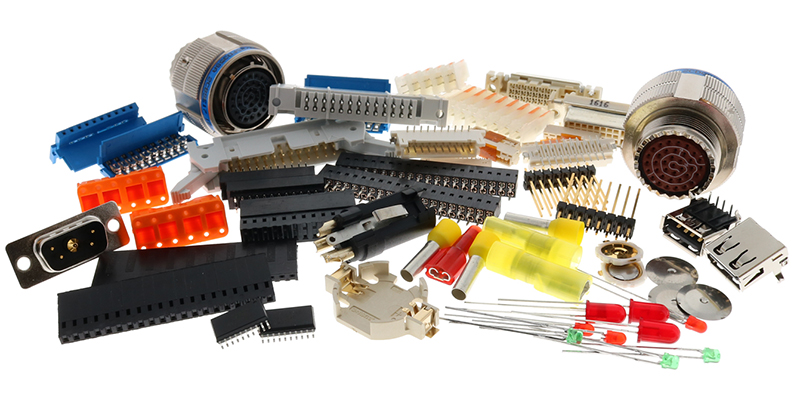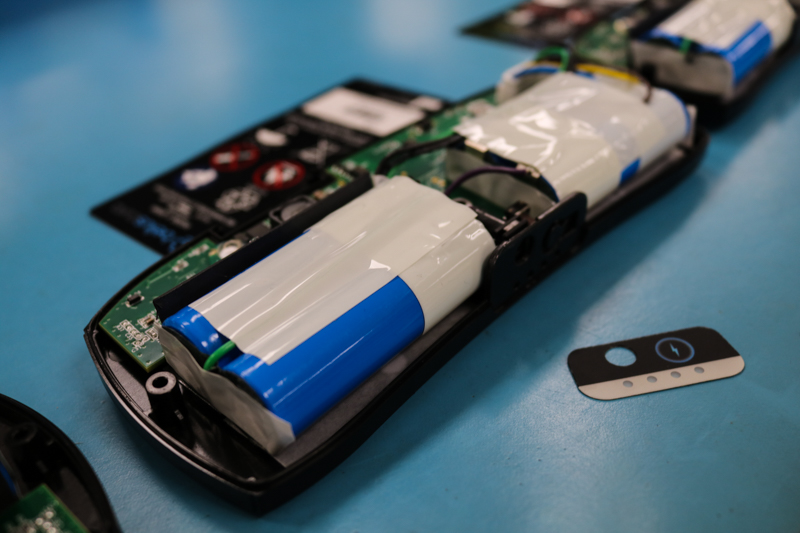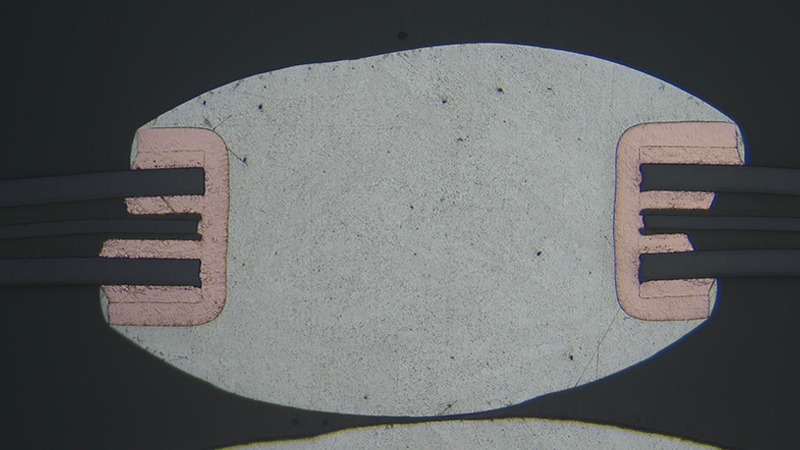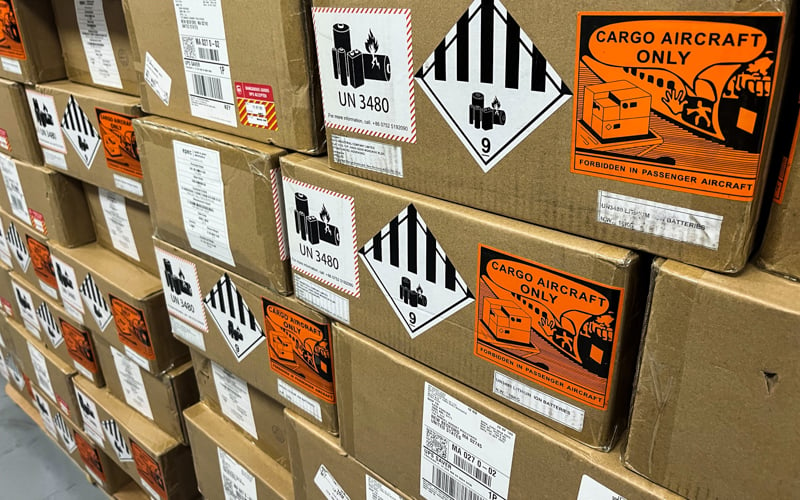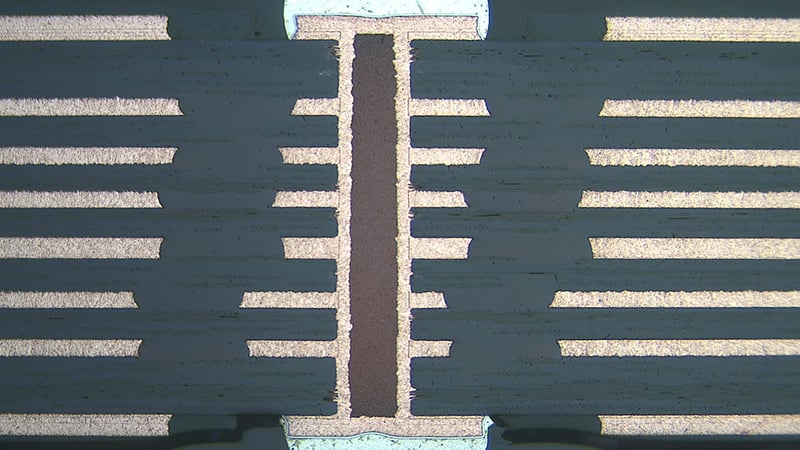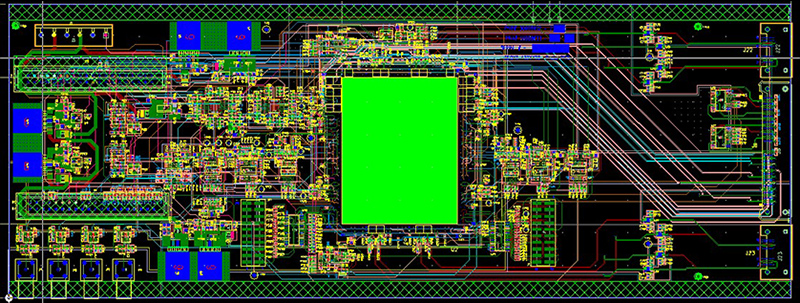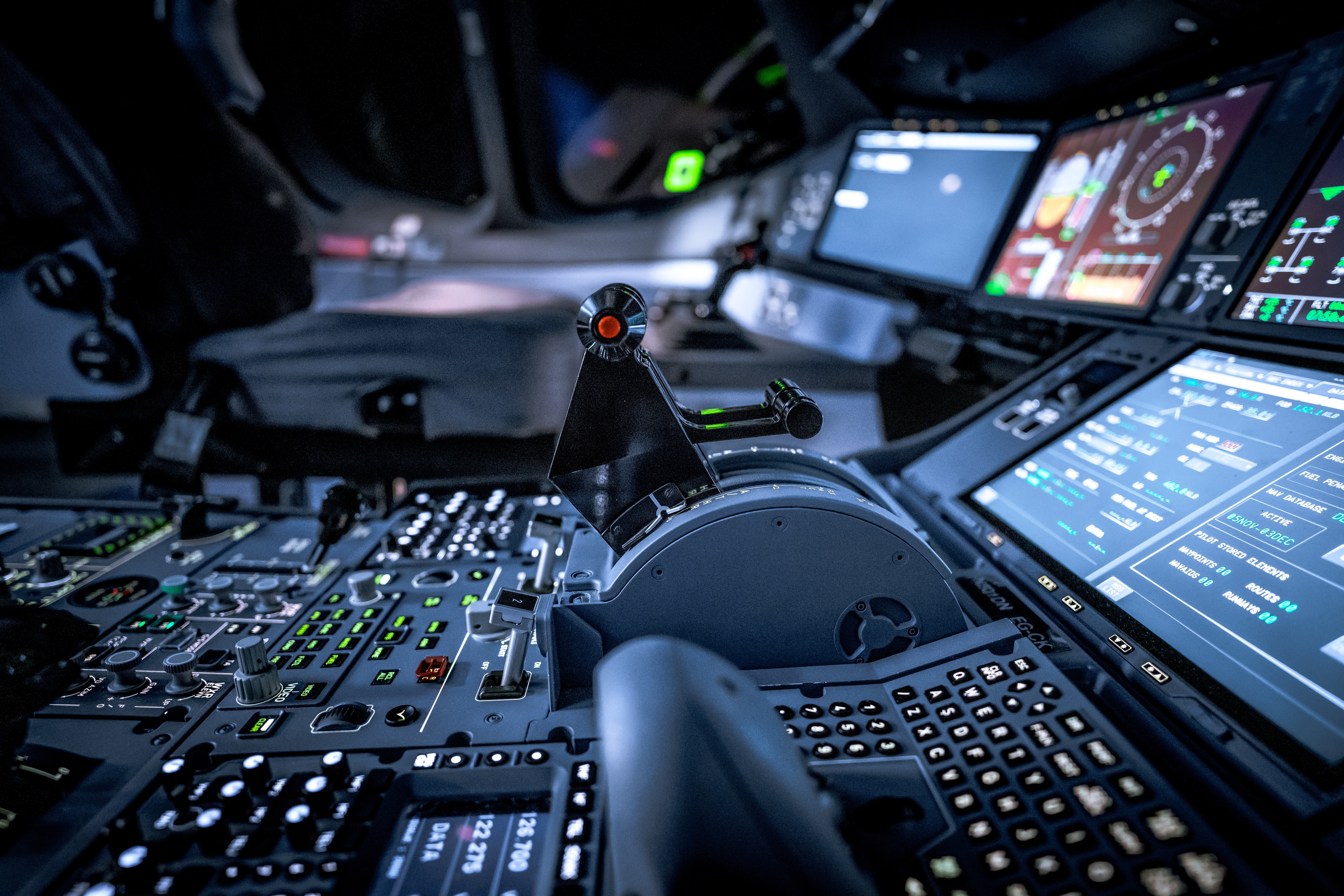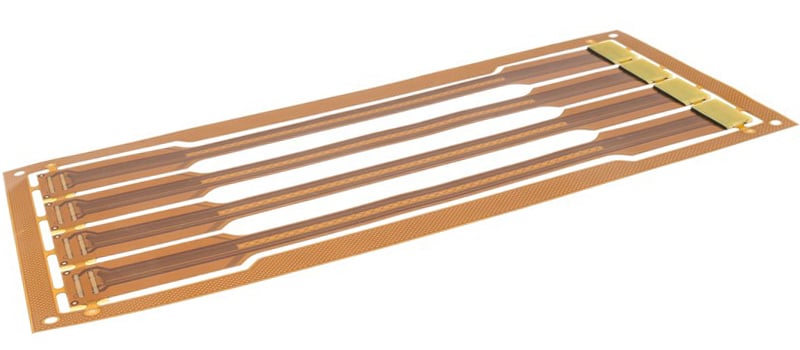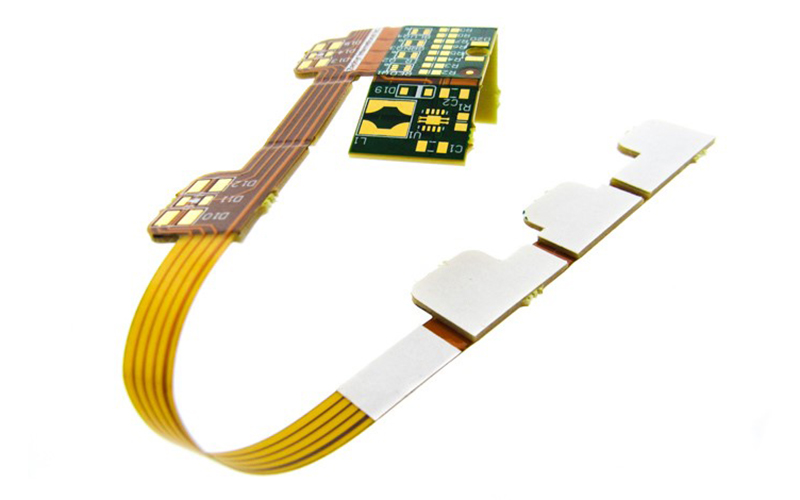Legacy design is a term used to describe technology, systems, and products that were developed in the past and are still being manufactured and supported. A main concern with legacy designs is dealing with hardware and software components that are no longer actively supported or improved by the original vendor and may no longer be compatible with newer technologies.
New technologies, raw materials, and battery manufacturing have paved the way for new trends in custom battery pack designs. Many of these trends focus on making improvements to the battery's capacity and safety, while others redefine the testing standards implemented to ensure battery packs and chargers function optimally for consumers.
Devices are becoming smaller and thinner, requiring circuit boards that can fit into the equipment without adding any additional weight while being flexible enough to route around components. Flexible printed circuit boards offer high-density electrical connections while also reducing space.
Battery chemistries that are lithium-based must undergo UN38.3 testing requirements before being transported. This testing certifies that the batteries are safe and will not pose a safety risk during shipping over air, water, rail, or road transportation methods.
In printed circuit board (PCB) designs, through holes are used to connect components and conductors on different layers of the board and can be divided into two types: plated and non-plated through holes.
From a printed circuit board (PCB) manufacturing supplier’s point of view, often we are consulted about design and layout at the concept phase. Over the past many years, we have seen an increase in customers asking to assist with design, layout, and modifications to the circuit board. From this repeat request, we developed an engineering team to make it happen.
Mil-aero devices live in a special place in the worlds of design and engineering. These are devices that are often subjected to extraordinary environments. They have extreme requirements, and they often must function in the harshest environments of the world.
There are a wide variety of flexible circuit board design options available to solve interconnect requirements. One of the more unique is a dual access flex PCB construction. This unique construction of a dual access flex circuit can be beneficial for many applications.
Human Machine Interface (HMI) keypads are an essential component of any manufacturing business’ operation, but they don’t have to be boring or plain. In this blog post we will review how to design and manufacture your own custom HMI keypads in any color your business wants so that you can better connect with your customers and give them the experience they deserve.
The unique capabilities of flexible circuits allow for additional design elements that are not available in rigid PCB designs. A very common one is integrating Pressure Sensitive Adhesives (PSA) into the design. A PSA is a double-sided adhesive tape that can serve multiple purposes. The PSA is attached to the flex as part of the manufacturing process and the release film is retained on the exposed side to protect the adhesive until it is installed.


